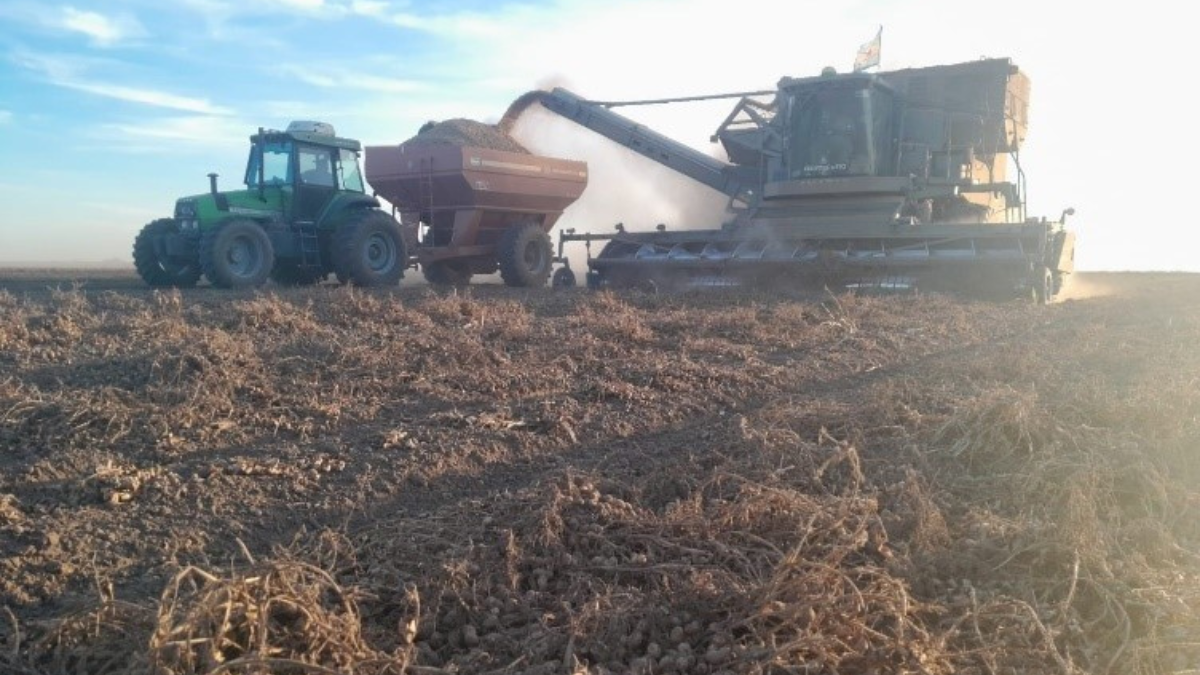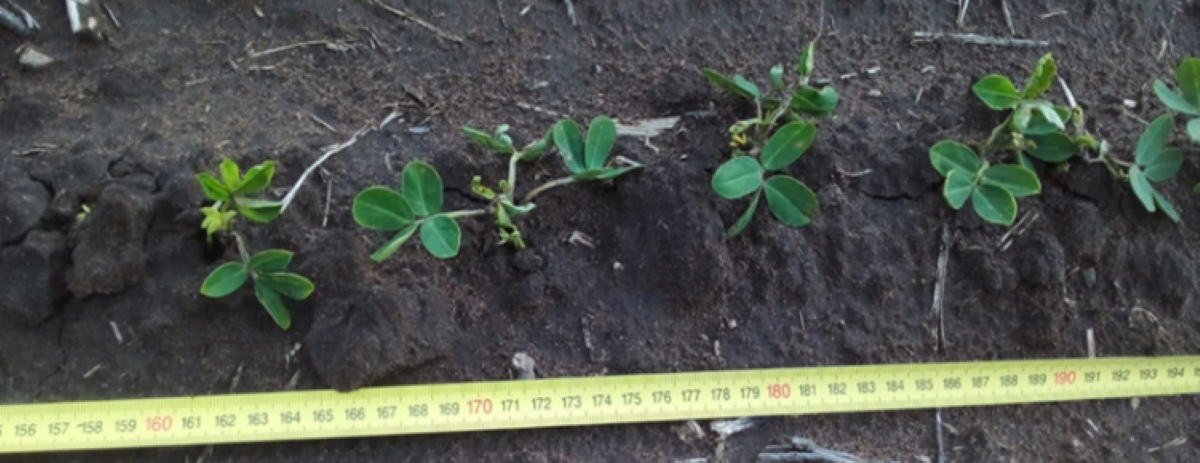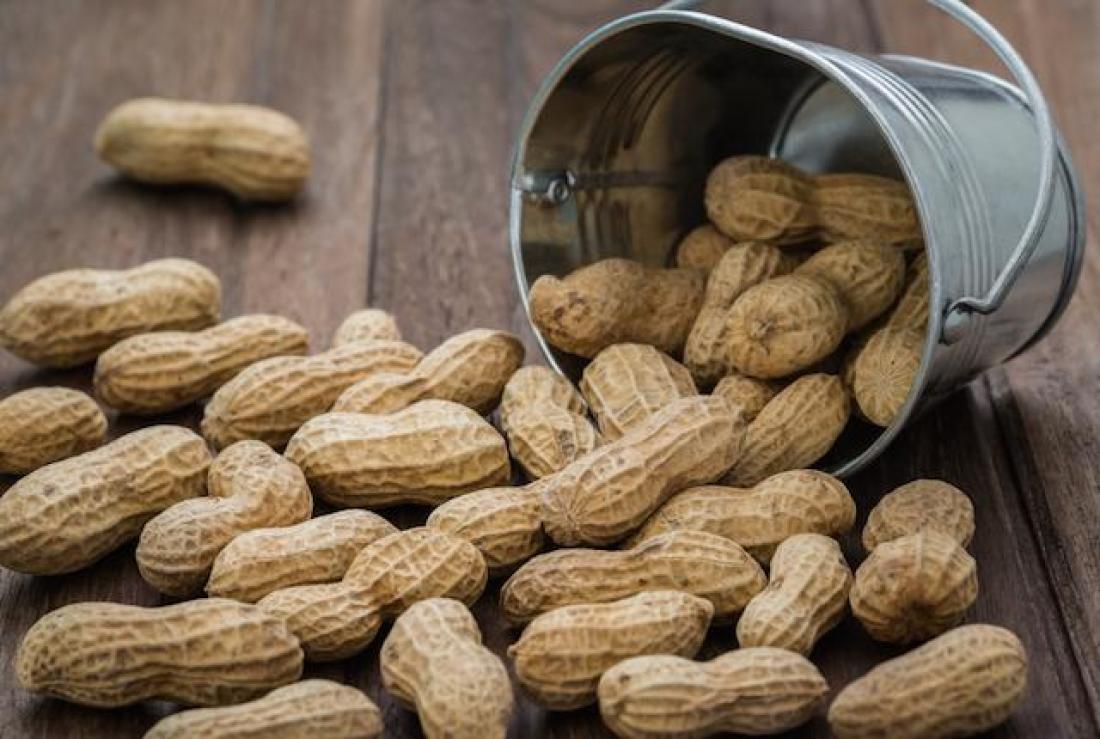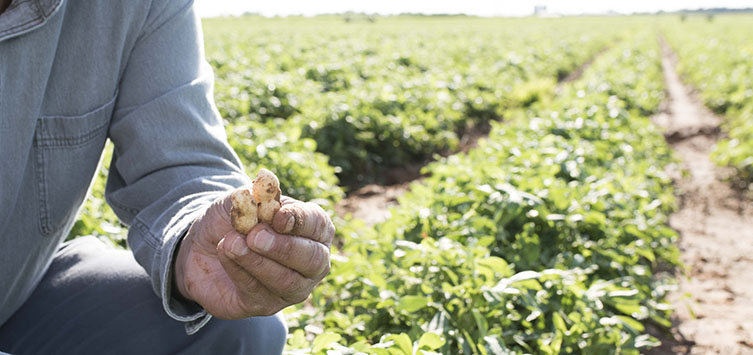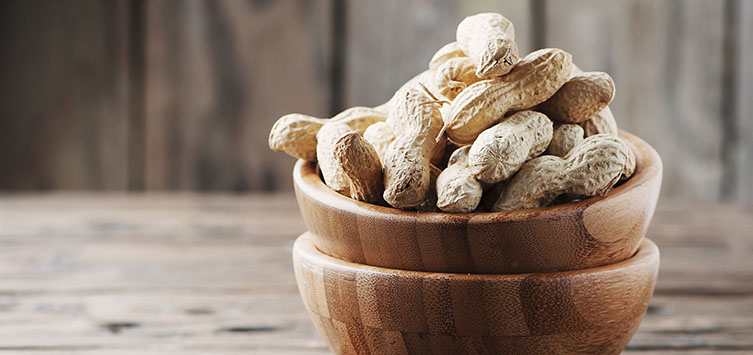General Overview
With rains below expectations and historical averages for this stage of the year, Argentina is getting ready to kick off a new peanut season in the coming weeks.
In the middle of an uncertain context from the economic standpoint, the Argentine farmers and shellers are ready to start a new season in which the utmost expectation is to leave behind the meager results of the previous season.
Despite a start with low rainfall, long-term trends forecast good chances of favorable conditions throughout the year to achieve optimal results.
On September 26, heavy rains were recorded in a several locations in the province of Cordoba, with records above 40 mm in cities such as General Deheza and Alcira Gigena. However, some locations also received intense hail storms.
Nowadays, the agronomists of Gastaldi are totally devoted to the preparation of the fields that will be planted shortly. If the plan goes as projected, plantings are expected to start during the second week of October.
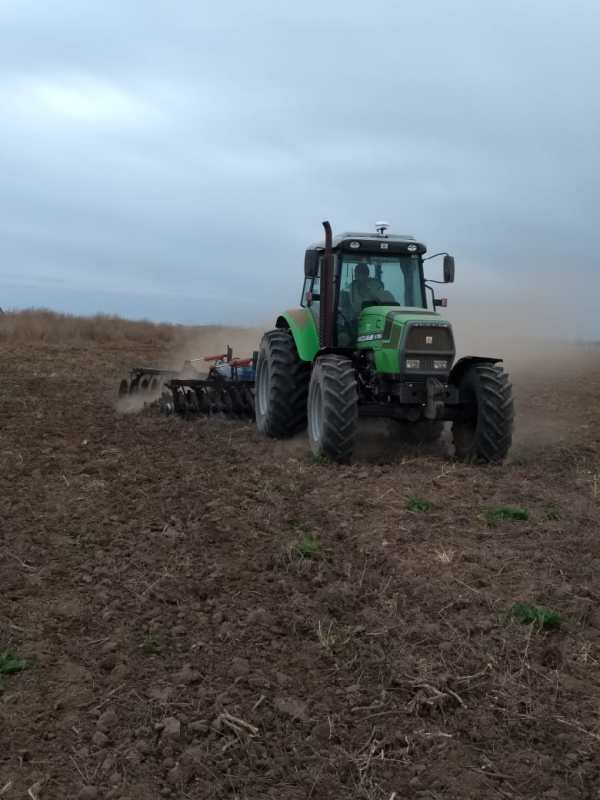
Image 1: Soil preparation in the south of the Peanut Area.
Precipitation Analysis
There has been no significant rainfall in most of the peanut area during September 2018, as the records fall below the historical average. According to information compiled by different national sources, the soils of Cordoba are in extreme drought condition.
The lack of relevant rainfall during August and September generates great uncertainty regarding the start of a new peanut season, since the rainfall demand ranks between 80 and 150 mm to replenish the soil moisture. According to the characteristics of Neutral/La Niña years, rainfall usually occurs heterogeneously.
Departments located in the Northern, Center and Western areas of the province of Cordoba received half or less rainfall than the historical records.
Today we are facing a large water deficit in the soil of most areas, becoming extreme in some locations in the Western and Central areas of Cordoba and San Luis.
In our opinion, the Northern, Central and Western areas are the most affected ones, while the Southern area (La Pampa, Buenos Aires and South-East of Cordoba) is in relatively better condition, since rainfall records were comparatively higher.
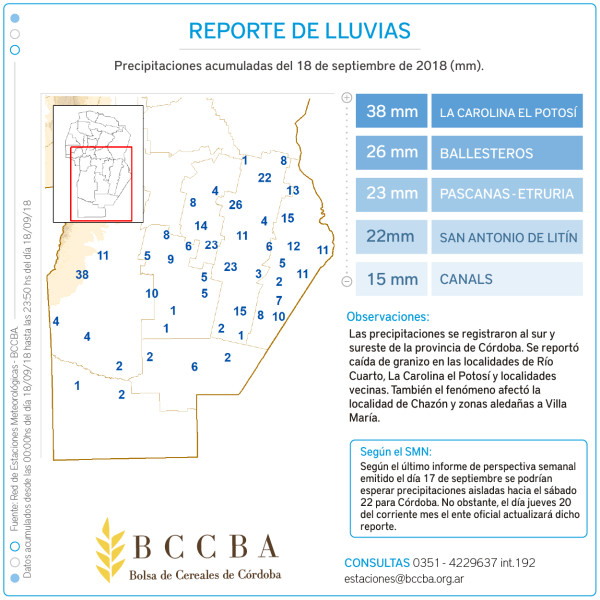
Image 2: Accumulated precipitation thru September 18th, 2018, in the province of Cordoba.
Nonetheless, an important update occurred yesterday. During September 26th, there were significant rains in some locations of the peanut area that were well received by the farmers, although other locations ran with less luck, given the presence of strong hail storms.
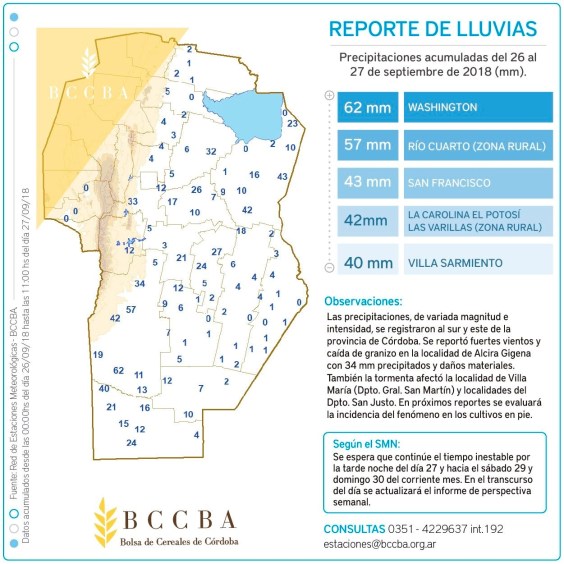
Image 3: Accumulated precipitation occurred during the severe storm on September 26th and 27th in the province of Cordoba.
Image 4: Alcira (Cordoba) after the severe storms occurred on September 26th.
Water Content in Cordoba
Available water content (AWC) is the useful water (ratio between field capacity and wilting point) for crops; and it is expressed as percentage of the maximum water retention capacity of each type of soil.
In the following figure, AWC features values between 5% and 30%, which means that we are facing a condition of extreme drought.
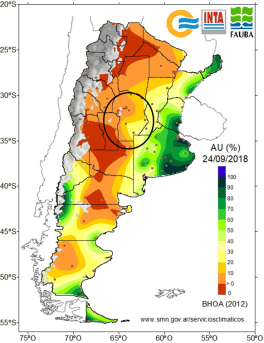
Image 5: Available water content in the province of Cordoba as of September 24th, 2018. Source: FAUBA.
Thermal Records
During the third week of September, an incoming warm air flow from the north brought an increase in temperatures in the province of Cordoba, reaching maximum records of 37 ºC, which contributed to increase the drought condition of fields that are destined for peanuts. September 2018 is among the warmest historically recorded for much of the center and north of the country.
Source: National Institute of Climate and Water.
Extended Forecast Trends
From the second week of October to the first months of the summer (Nov-Dec), a Neutral season is expected to begin. A strong evidence of “El Niño” prevails over “La Niña”. Therefore, if the simulation model of the ENSO is proven correct, we would have a favorable start of the peanut season, without significant climatic inconveniences.
The long-term trend outlines a neutral year from March onwards, which would be convenient to achieve optimal crop results.
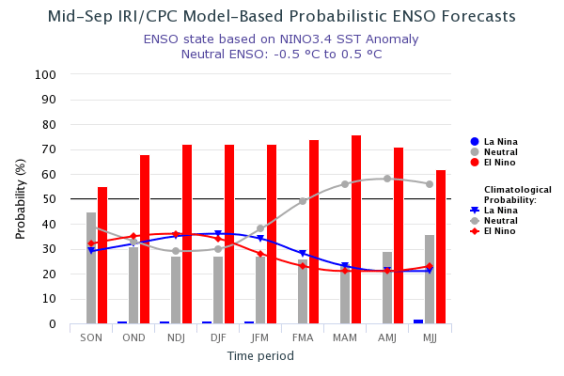
Image 6: Extended Weather Forecast.
Crop-related Tasks
Nowadays, the agronomists from Gastaldi are carrying out treatments with herbicides to control weeds in all the fields that will be planted shortly. In the Southern area, more precisely in the provinces of La Pampa and the northeast of Buenos Aires, tasks related to soil tillage began in those lots that were previously planted with corn. The objective of these tasks is to achieve the decompaction of the soils, caused by the severe drought occurred during the season 17/18. Provided adequate rainfall occurs, we project the beginning of the peanut planting for the second week of October, as long as the temperatures in the soils are acceptable.
Agricultural Issues
Based on lab analyzes carried out on the seed, quality is not optimal, although is not terrible either, since results of germinative power, vigor and energy exhibit low values compared to previous seasons. The cause of the low results is mainly due to the drought and the warm weather that occurred during the season 17/18, which caused a large amount of sprouted peanuts.
Consequently, some countermeasures will be taken in order to improve the results.
An increase in the amount of seeds per meter to compensate for the relative low energy and germinative power is under evaluation.
The use of polymers that contribute to improve seed implantation is another option that we are currently considering.
On the other hand, the drawbacks related to the development of resistant weeds continue.

Image 7: Gastaldi’s polymer and professional seed treatment process.
Summary
A few weeks before beginning the season 2018/2019, rains are required to improve the soil moisture profiles, in pursuit of leaving the present extreme drought condition behind.
During September 26, some important rains occurred in the peanut area. It is imperative that the rains accompany during the summer months, since the soils still show the effects of the great drought occurred earlier this year.
After some complicated seasons, the long-term predictive models would indicate that we can expect favorable conditions for the development of the peanut crop in Argentina.[/vc_column_text][/vc_column][/vc_row]




